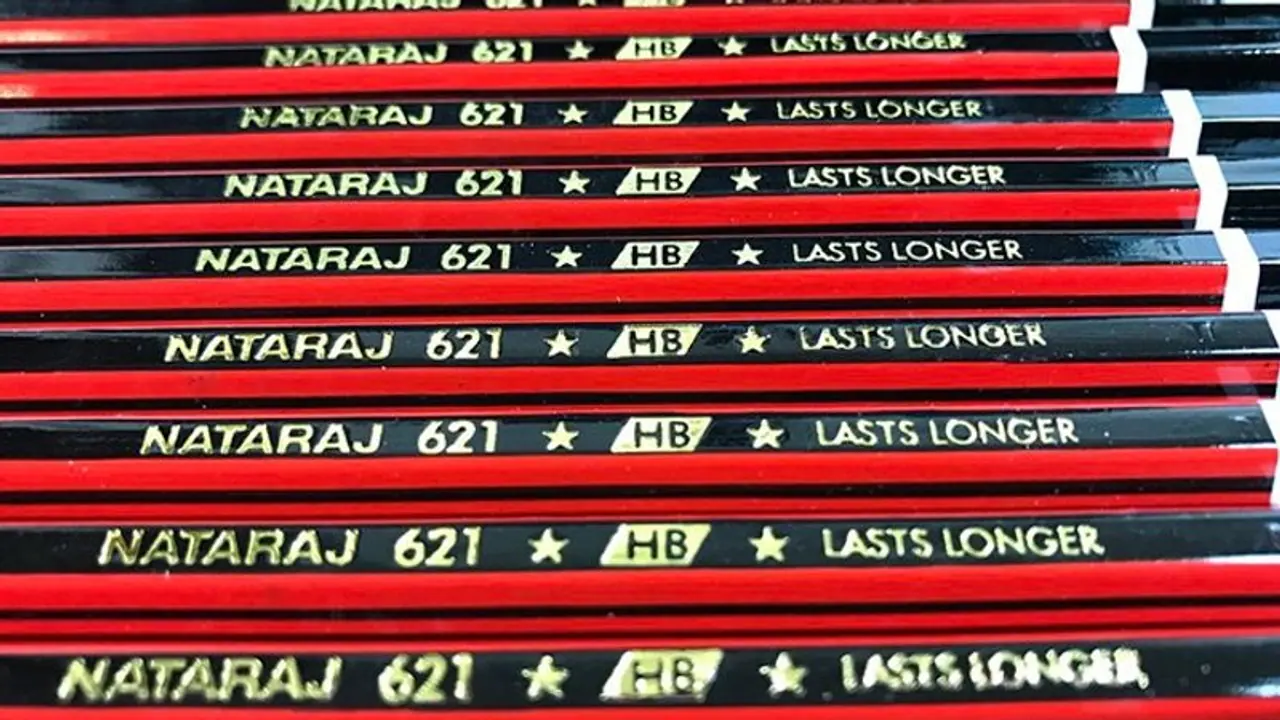Oukhoo village in Pulwama district of Kashmir is the ‘pencil village of India’. It supplies poplar wood, an essential raw material for manufacturing of pencils
Bengaluru: We all started our education writing with pencils. The very sight of it as kids used to make us smile.
But do you know where the wood for making these pencils comes from?
It comes from Oukhoo village in Pulwama district of Kashmir, reports The Better India.
The village has 17 units and employs 4000 people, contributing phenomenally to the pencil market.
Rightfully, it is termed “Pencil village of India”.
“India used to import wood and pencil slats from China, Sri Lanka and Germany, but in recent years all these slats are made in India,” the website quotes Manzoor Ahmad Allaie, who owns Jhelum Agro Industries as saying.
The wooden slats are then provided to pencil makers like Natraj among others.
The raw material for making pencils is poplar wood. Earlier it was the Deodar wood.
“During the 1960s, Deodar forest wood was banned by the government which was initially used as a raw material for pencils. The poplar wood replaced Deodar in 1992-93 as raw material,” Manzoor explains.
It is also to be noted that, earlier, logs used to be supplied to manufacturers. But later, these were converted into bricks. Much recently, in 2013, it was Manzoor, who started reducing them into slats.
They are packed in bags and sent to manufacturers.
The business is indeed lucrative.
“The monthly turnover of the industry is Rs 3 crore. It is not only the locals but also the government that earns a lot from the taxes. The business becomes lucrative as the wood is also useful for making plywoods and other materials,” he further adds.
Now, these owners seek more subsidies.
“The government needs to recognise the sector as a growing industry and allow subsidies or incentives to promote it. It can further enable multifold growth employing thousands of youth in the area,” says Shaik Nisar Ahmad, president of the Industries Association Lassipora, Pulwama.
